What is it?
On Friday at about lunch-time I wandered into Nice's old town and came across this scene:
It reminded me of the "What is it?" subject sometimes used in the Friday photo-blog on www.eurotrib.com - I had no idea what this was all about.
Some of them sounded Italian:
I followed them to La Petite Maison, recently revealed in Nice Matin to be the favourite restaurant of the mayor and local political leaders:
Of course I could have asked someone what was going on, e.g. the blond in the centre :-), but then I'm a male and we don't even like to ask for directions. Anyway she might have answered in rapid French and then I would have had to reveal that not only was I ignorant, but also linguistically challenged.
There were police everywhere and not just local police, but national CRS, not noted for their gentleness:
A heavily guarded convoy was waiting near the restaurant, one car had a flag and dark windows:
I decided to leave the media to do their job and headed for the Promenade des Anglais - which was free from the usual traffic :
- it must be an important meeting.
The beach was free from the tourist hordes of summer and the beach café had plenty of room - very relaxing:
But - what were those boats doing, drifting ominously over there?
Clearly the security presence didn't end in the old town - beyond the boats was what looked like the war ship they'd come from:
The next day all was revealed in Nice Matin - petit homme va a la restaurant Petite Maison:
And - what do you know - we're back to energy issues, from the IHT:
"A pact sealed Friday that gives the Italian utility Enel a chunk of Électricité de France's prized nuclear assets chimes with European Union plans to break down energy borders - and provides Italy with cheap nuclear energy without having to house a politically sensitive plant on its own soil.
Under the €2 billion, or $2.9 billion, deal, signed in the presence of President Nicolas Sarkozy of France and Prime Minister Romano Prodi of Italy, Enel takes a 12.5 percent stake in France's first, third-generation European pressurized water reactor, or EPR, which is being built in Flamanville in northern France.
The IHT also explains the previously antagonistic context:
The deal signed Friday has been stalled for the past two years as both countries bristled at the other's forays into its energy market. A preliminary accord was signed in May 2005.
After EDF swooped on Edison - Italy's second-largest power company after Enel - the previous Italian government of Silvio Berlusconi capped EDF's voting rights at 2 percent, even though the French company controlled a majority stake. The cap was later removed.
France responded by blocking Enel's interest in the French utility Suez, creating instead a government brokered merger with Gaz de France.
"We had some upsets," Prodi said Friday. "This period is now behind us."
While this will help cut CO2 emissions, it is not, of course, going to be welcomed by environmentalists. However France isn't going to give up its nuclear industry any time soon, while Italian politicians are keen to reduce their reliance on imported gas:
Colette Lewiner, a former EDF executive now with Capgemini, said the European Commission should welcome the deal, not least because of its promotion of nuclear energy, which is increasingly seen as a crucial part of the energy mix if the EU is to have secure and sustainable supplies.
"This should help meet the European union climate change objectives on CO2 emissions reduction," Lewiner said.
Italy banned nuclear power generation on its own territory following a referendum after the world's biggest nuclear disaster at Chernobyl in 1986.
But its overdependence on imported gas has made some politicians and industry executives reconsider, improving the domestic environment in Italy for a deal with the world's biggest nuclear power operator.
EDF has 58 plants in France providing nearly 80 percent of the country's electricity.
ibid.
It doesn't end there; the meeting included other important issues:
Nicolas Sarkozy and Romano Prodi also raised questions of immigration, a priority announced by the French presidency from 1st July, 2OO8 and the organization of the Mediterranean area
... In the field of the immigration, the President of the French Republic and the Italian Leader of the government stated an agreement, creating the Council of safety(security) and Defence. Agreement also as regards training and higher education. In the sector of space, the European preference for rockets was asserted.
Finally, both men again announced their intention to reduce forgery. Nicolas Sarkozy and Romano Prodi also made a brief survey of the most pressing issues on the international scene: Iran, Kosovo and the peace process in the Middle East.
http://mediterranee.france3.fr/info/36918255-fr.php
While outside, others raised further issues :
Also, in the margins of the above, a gathering was held of opponents to the high speed line: Lyon-Turin.
... ten miltants of ATTAC denounced the passage by force of the new European treaty, demanding a referendum on this subject and presenting the "ten principles" defined by ATTAC for a "democratic treaty ".
http://mediterranee.france3.fr/info/36918255-fr.php
Attac's 10 principles:
1. To launch a democratic process
2. To improve democracy
3. To install transparency
4. To develop participation and direct democracy
5. To improve basic rights
6. To protect and improve democratic achievements
7. To open the field with an alternative economic order
8. To define the ends and not the means
9. To aim high on social matters and tax
10. To found the obligation of peace and solidarity
http://www.france.attac.org/spip.php?rubrique1001
As the American painter Ron Kitaj - who included texts in his earlier works - said: "Some books have pictures and some pictures have books."
Optional extra :-) - but very relevant (in my mind - note the reference to "picture puzzles").
While not quite a book (and, unlike earlier works, there's no text actually in the picture), here's an example of Kitaj's work and his notes about it:
R.B. Kitaj comments on his works:
The Autumn of Central Paris (after Walter Benjamin) 1972-74
Dear Benjamin is now a truly chewed over cultural spectre, not least in art writing. I started to chew on him myself in the late sixties after having fallen upon him, before the deluge, in a publication of the Leo Baeck Institute. His wonderful and difficult montage, pressing together quickening tableaux from texts and from a disjunct world, were called citations by a disciple of his who also conceded that the picture puzzle distinguished everything he wrote.
His personality began to speak to the painter in me the adventure of his addiction to fragment life, the allusive and incomplete nature of his work (Gestapo at his heels) had slowly formed up into one of those heterodox legacies upon which I like to stake my own dubious art claims against better judgements of how one is permitted to burden the crazy drama of painting.
When I first showed this picture, a reviewer even began his attack by choking on the title, which he said I'd stolen from a sociological treatise having nothing to do with Benjamin. The critic was dead right. Benjamin thrills me in no small measure because he does not cohere, and beautifully. He was one of those lonely few who lived out Flaubert's instruction: "Not to resemble one's neighbor; that is everything." A lot of people, a whole lot of artists would wish for that, I think, but it eludes us more than we imagine it does. His angry neighbors drove him to kill himself in that very Autumn Of 1940 which saw the Fall of France and in which I've set this picture.
Some of my working notes for which follow below. I feel I ought to apologise for this type of painting because it's such a rouged and puerile reflection upon such vivid personality, but maybe I won't (apologise); maybe a painter who snips off a length of picture from the flawed scroll which is ever depicting the train of his interest, as Benjamin did, may put a daemon spirit like Benjamin in the picture.
Citations, (sketchbook entries for Benjamin painting)
B's montage practice, which he called 'agitational usage'. See fractured suggestion in trompe l'oeil example ... (things covering up, overlapping other things, fooling the eye in painting depiction ... ).
THE DIORAMA ('for the last time, in these DIORAMAS, the worker appeared, away from his class, as a STAGE EXTRA in an IDYLL'). Painting as Diorama/Tableau (ask Cleveland Museum if they still have those dioramas they showed in my childhood; also sculpture of workmen (by Max Kalish?) I must have seen those dioramas as B was about to die in 1940.)
Cafe life as an AUTUMNAL REVERIE of bourgeois society; NATURE MORTE; cafe as OPEN AIR INTERIOR (past which the LIFE OF THE CITY moves along).
Collage implication in B's treatment of THE BARRICADE; B cites barricade metaphors like: 'broken irregular outlines, profiles of strange constructions' from Les Miserables.
PILE UP (BARRICADE) of figures as in THE MOVIES POSTER.
THE SMOKERS; THE PASSERBY; MEN ABOUT TOWN; RUMOUR and IDLENESS; THE COCOTTE IN HER DISGUISES; OCCASIONAL CONSPIRATORS; THE SWIFT GLANCE; GROWD AS REFUGE; CHANCE (as a guide through city life); PROSTITUTION (the life of the erotic person in the crowd); FETISHISM (as the 'vital nerve of fashion'); PROLETARIAT driven Out Of CENTRAL PARIS (title) leading to emergence of a RED BELT (margins of picture).
ANGEL OF HISTORY IDLE STROLLER face turned 'toward the past', blown backwards into the future by the storm of progress while the pile of ruins before him grows skyward (PILE UP of images).
MAN WITH HEARING AID ... THE POLICE SPY/ SECRET AGENT.
THE MAN WALKING AWAY ... B's suicide? (the flaneur's last journey: death ... 'to the depths of the unknown to find something new' from Flowers of Evil).
http://www.artchive.com/artchive/ftptoc/kitaj_ext.html
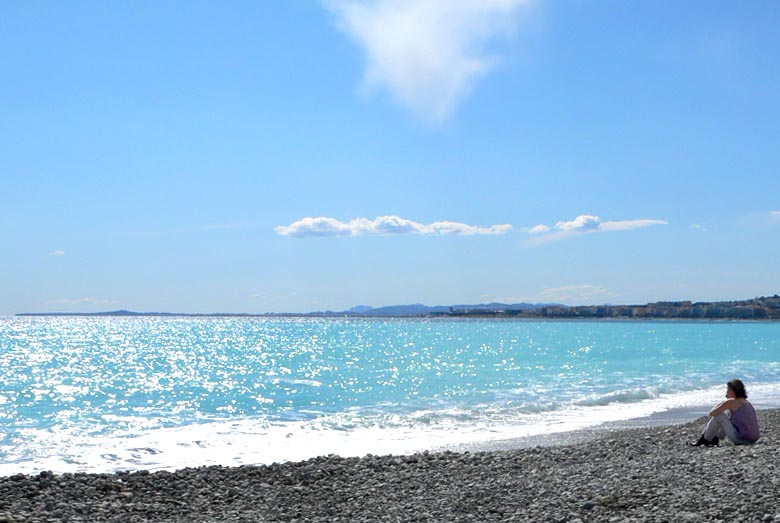
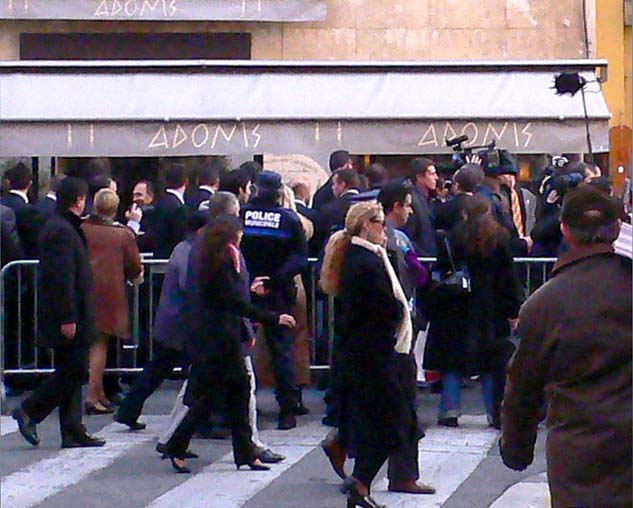
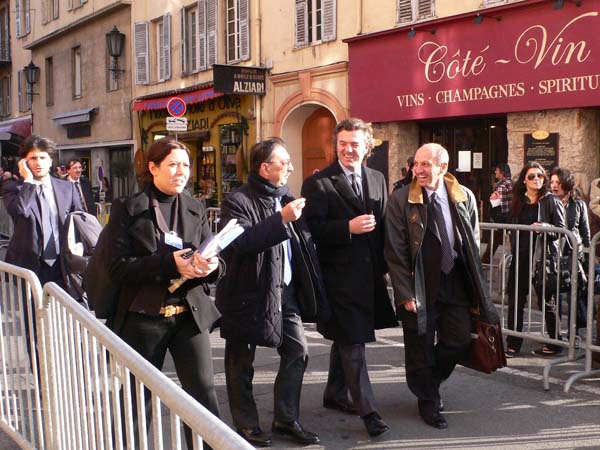
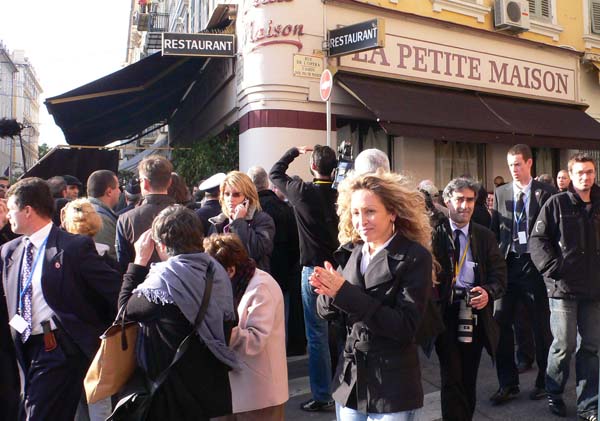
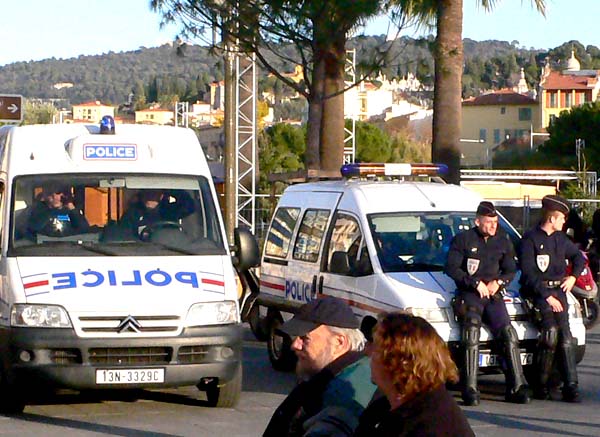
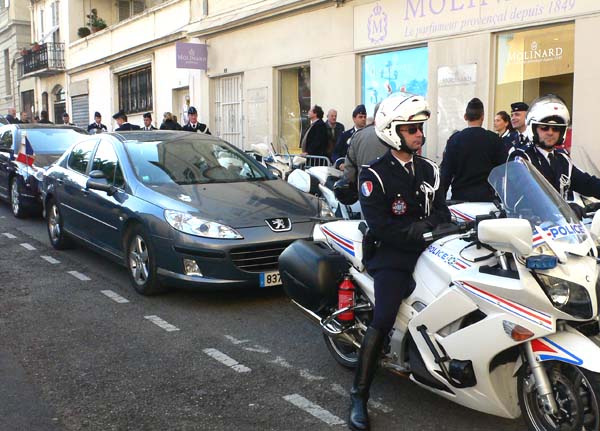
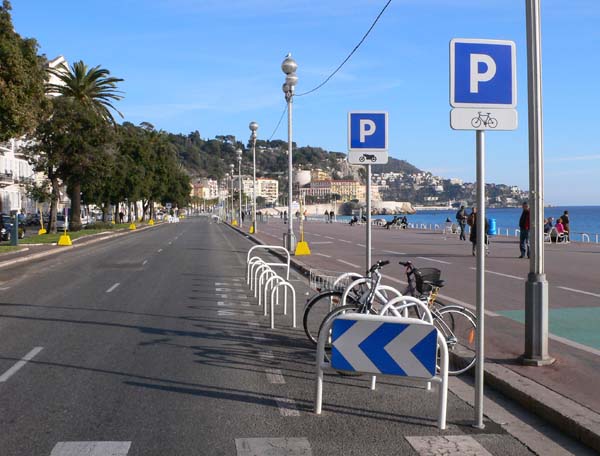
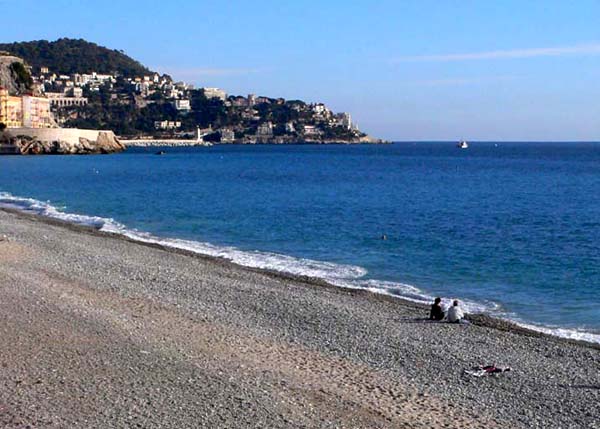
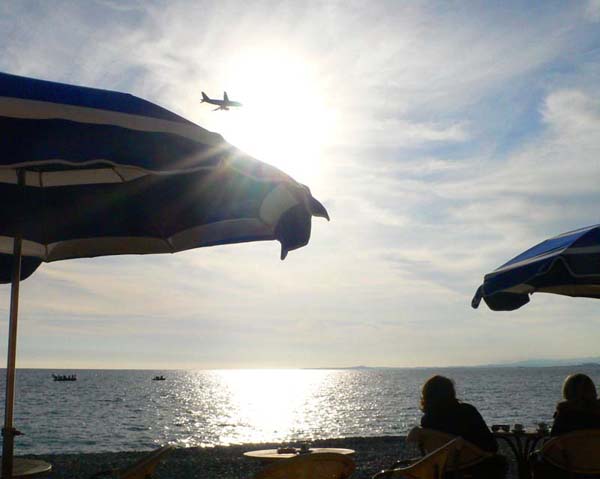

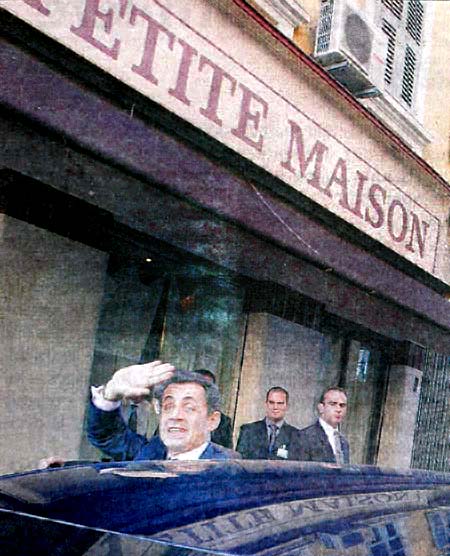

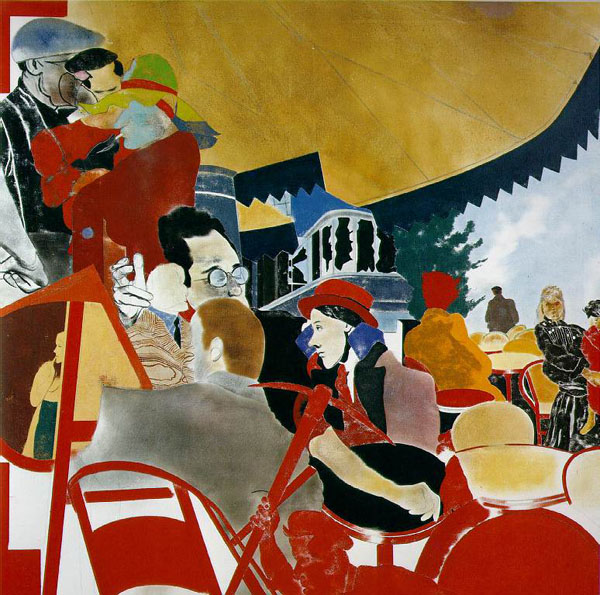
No comments:
Post a Comment